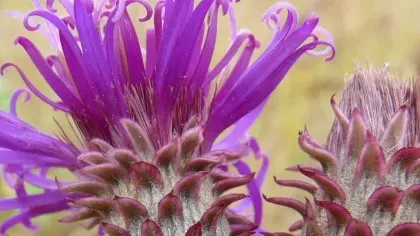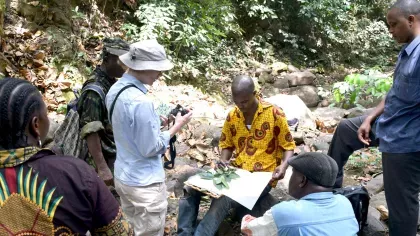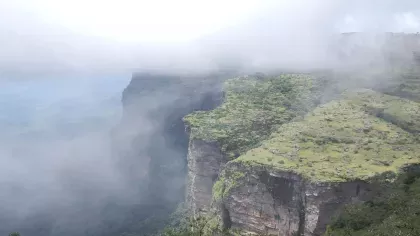22 October 2019
Guarding Guinea’s biodiversity
Guinea plants are in danger but there is now a glimmer of hope for the country’s biodiversity.

Following three years of research with local partners, the most threatened habitats in Guinea have been successfully identified.
Covering 3.5 per cent of the country’s surface area and including well over half of its threatened plant species, the identification of these habitats means plant diversity in Guinea will stand a far greater chance of protection.
Known as Tropical Important Plant Areas (TIPAs), a total of 22 have been distinguished in the first phase of the Guinea-Conakry TIPAs project, and are the first of their kind in Africa.
It marks an important step for ensuring the country’s rich botanical diversity is recognised, celebrated and, most importantly, conserved.
What is a TIPA?
Kew’s TIPA programme is identifying concentrations of threatened species, initially in seven countries, to enable national authorities to prioritise their protection.
TIPAs are based on the Important Plant Areas initiative which, established by Plantlife International, are recognised as Target 5 in the UN’s Convention of Biological Diversity Global Strategy for Plant Conservation (GSPC).
They are based on the following criteria:
• Threatened species
• Botanical richness (including socio-economic species)
• Threatened habitats
Overwhelming damage
There has been a devastating loss of habitat in Guinea.
Back in 1992, it was reported that 96 per cent of the country’s original forest had been cleared and, over the decades, further losses have continued.
Land is being cleared and trees are being felled for a variety of reasons including plank production, charcoal production, intensive agriculture and mining projects.
Beyond important ecosystem functions, such as maintaining water sources, Guinea is also losing more and more of its unique plants.
The country is home to more than 250 documented rare and threatened plant species, more than is known for any other country in West Africa.
Among these are the potential for new medicines, materials and foods that could improve the livelihoods of Guineans.
As many as 35 species have not been seen in Guinea for over 50 years raising fears they could be extinct, ranging from trees to minute herbs, daisies, legumes and a clematis.
Twenty-five of these are globally unique to Guinea so these could be global extinctions.
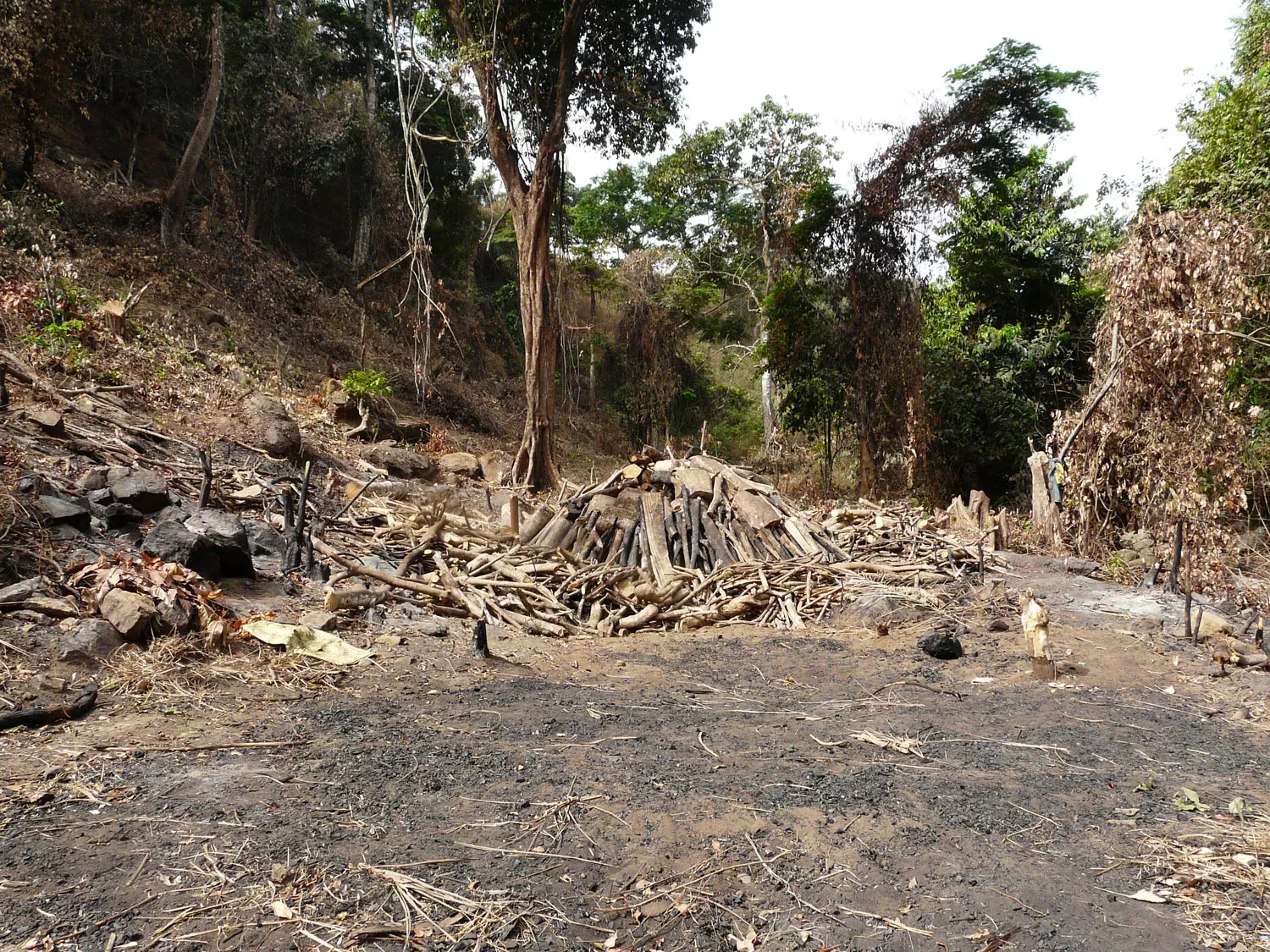
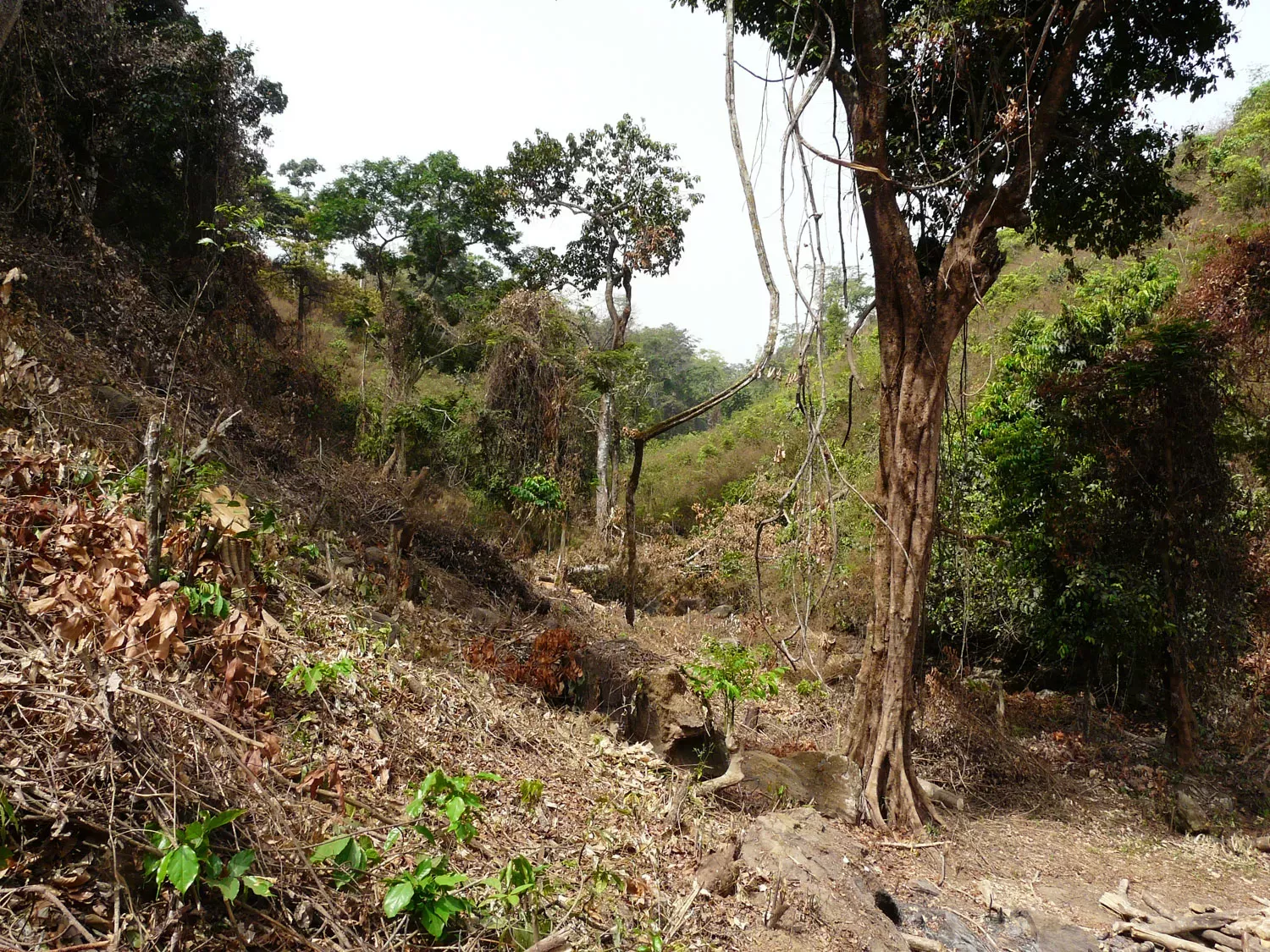
Generating maps and data
When the project began, little detailed information was available to us.
Knowing which plant species are most at risk of extinction and where, and in which habitats, these threatened species live was the first step to securing their survival.
The Spatial Analysis team at Kew used satellite imagery to map threatened habitats which could then be characterised according to their species composition.
A draft list of threatened species was compiled, these were then screened using their distributions and the final list of species were assessed for the IUCN Red List.
Species new to science
Among the 22 TIPAs was the Nimba Mountains.
This includes the Mount Nimba Strict Nature Reserve, a UNESCO World Heritage Site and the most diverse area for plants in West Africa. Despite part of the area being protected, 58 species are threatened.
The area of highest priority for conservation is the Kounounkan Massif which is home to nine endemic species that are globally unique.
Given the size of the Kounounkan area and its high biodiversity, it’s recommended that it should be given National Park status. Some of the TIPAs are based on a single species such as Feliciadamia stenocarpa at Mount Konossou.
Some are small yet house enormous diversity, such as the Kakiwondi forest patch which, though only 0.1km2, is home to eight threatened species and is a shining example of what Guinée Maritime lowland forest once looked like.
Our work also uncovered 20 new species to science, including Kindia gangan, a plant that has anti-cancer potential. Kindia is also a new genus and is one of four genera unique to Guinea, the other three being Fleurydora, Feliciadamia and Cailliella.
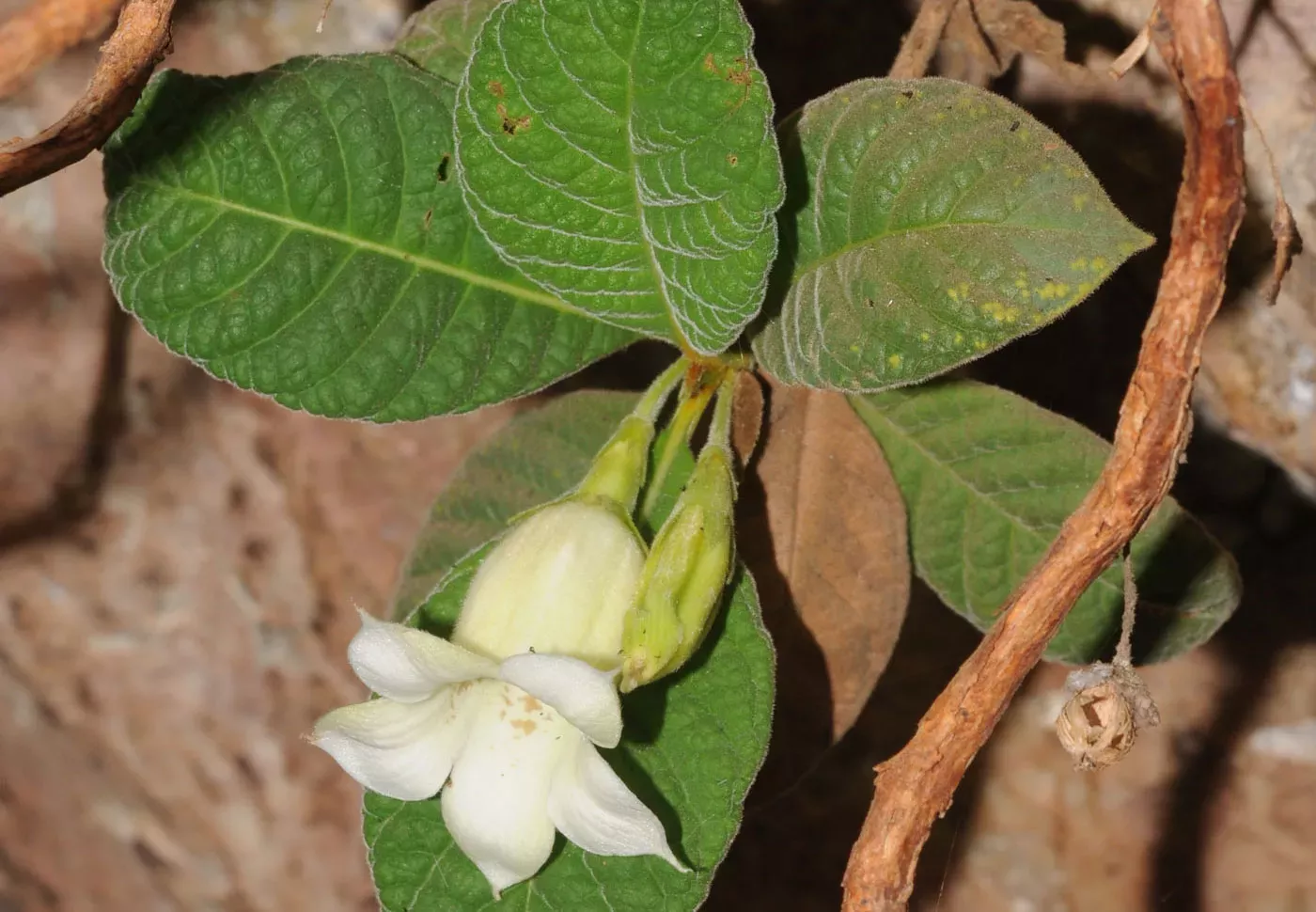
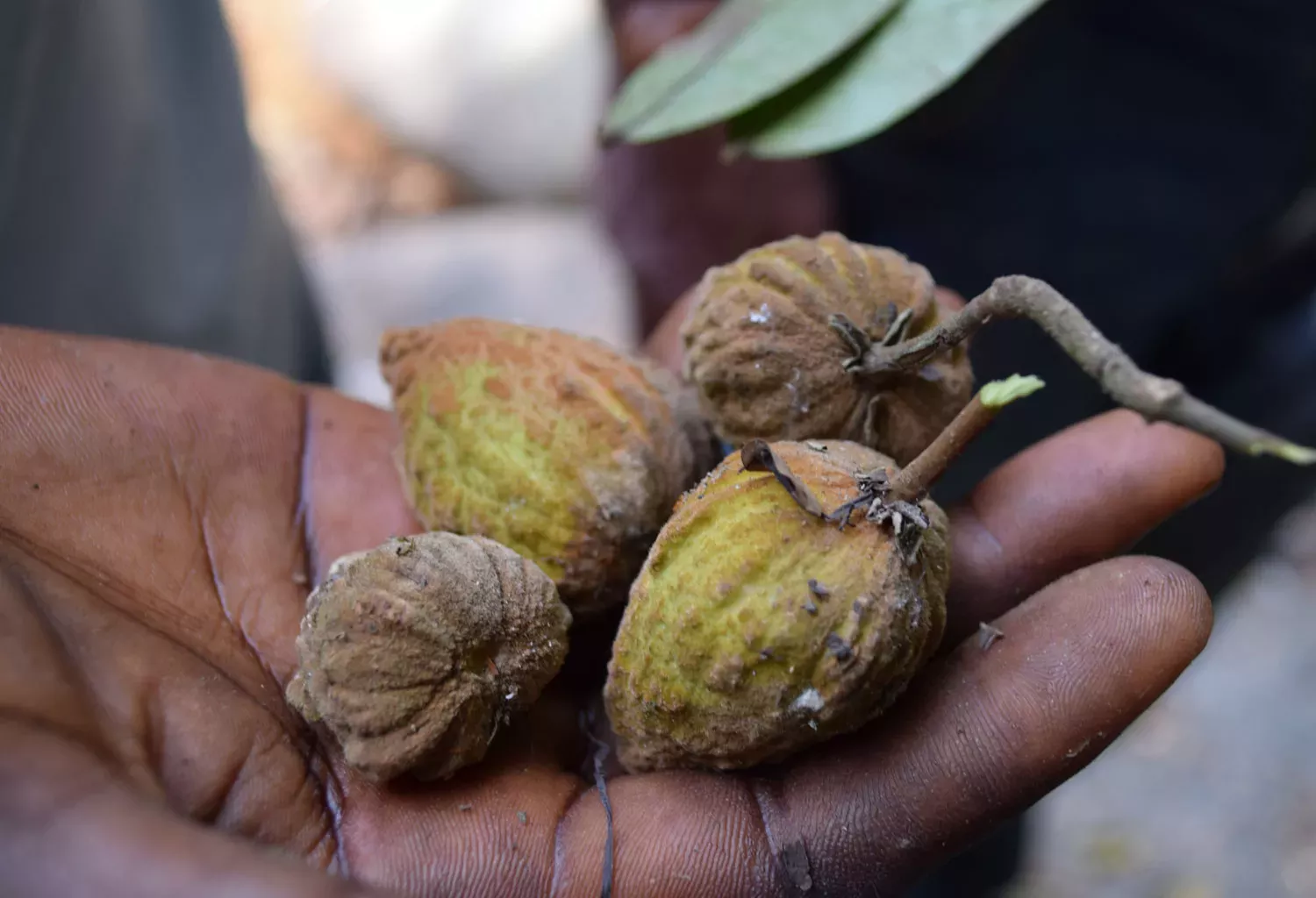
Training the next generation
Kew’s work in Guinea in fact began back in 2005 when the country had very little botanical capacity so building this up has been important for the delivery of the TIPAs programme.
Over the last 14 years we have been helping to develop Guinea’s botanical knowledge by training Guinean botanists and equipping them with the skills needed to identify, map, monitor and manage species under threat.
This has, in part, been delivered through teaching Master’s students how to undertake red listing, seed banking, vegetation surveying, data analysis, as well how to use equipment in the field such as a handheld GPS.
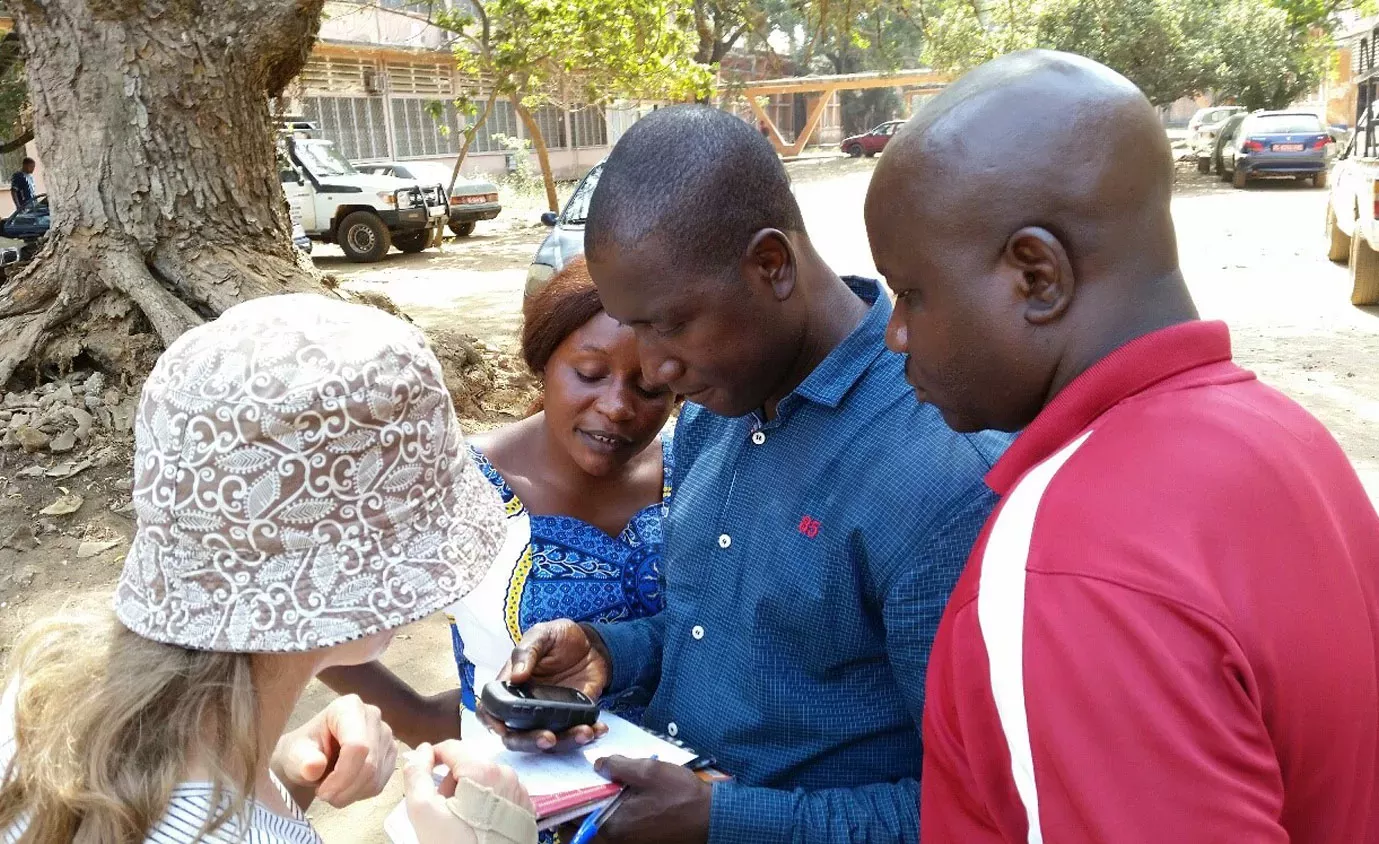
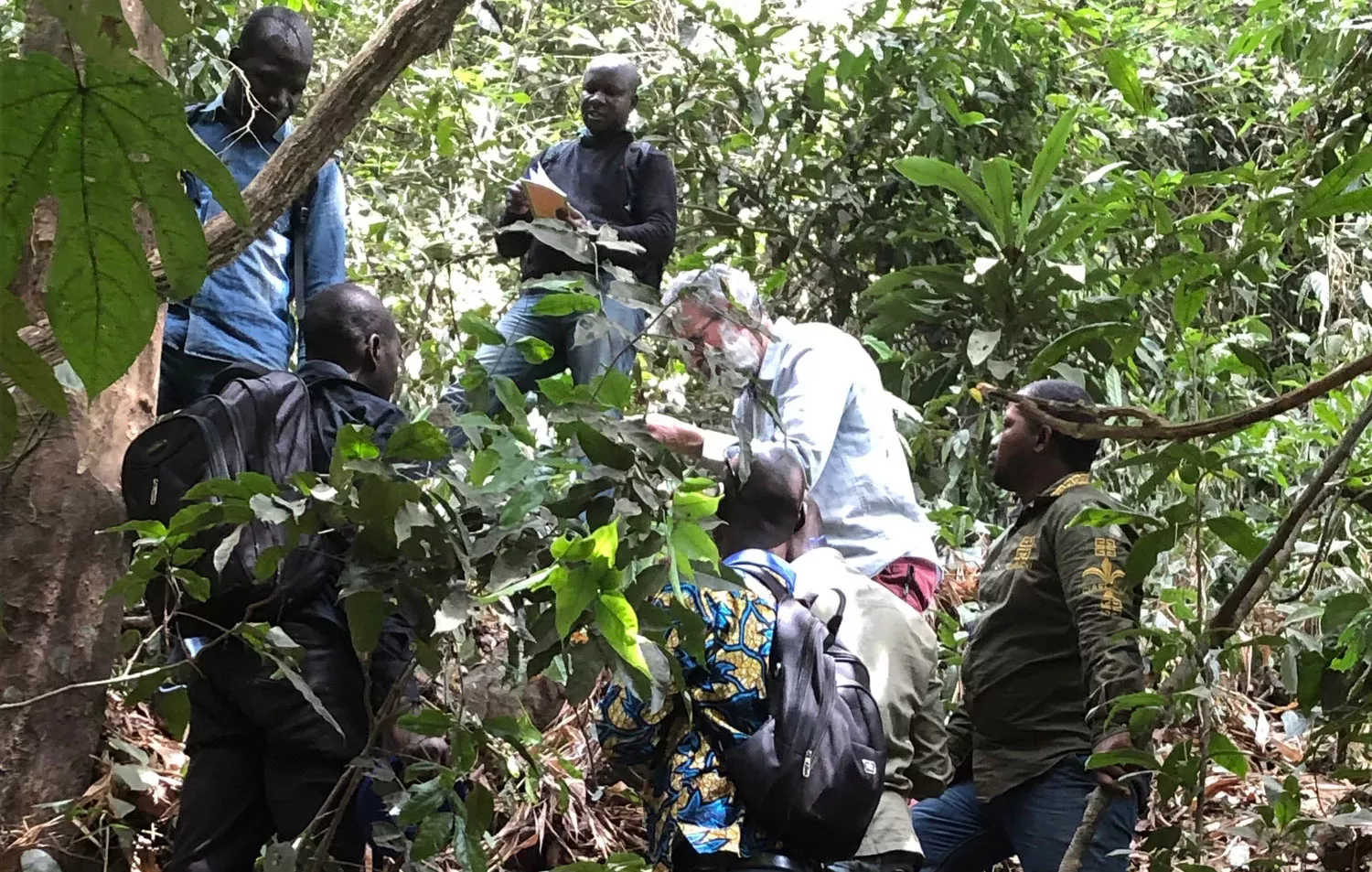
Flourishing flora awareness
But it’s not just university students that we have been building relationships with.
Raising awareness of Guinea’s unique flora, the benefits it provides for livelihoods and the threats it faces, amongst the local communities and schools was essential to gain support for future conservation work.
A National Flower Campaign was created and run through workshops and social media, generating enthusiasm and sparking crucial conversations around Guinea’s environment.
We have also compiled a booklet for teachers to use in schools to raise awareness of the different habitats in Guinea.
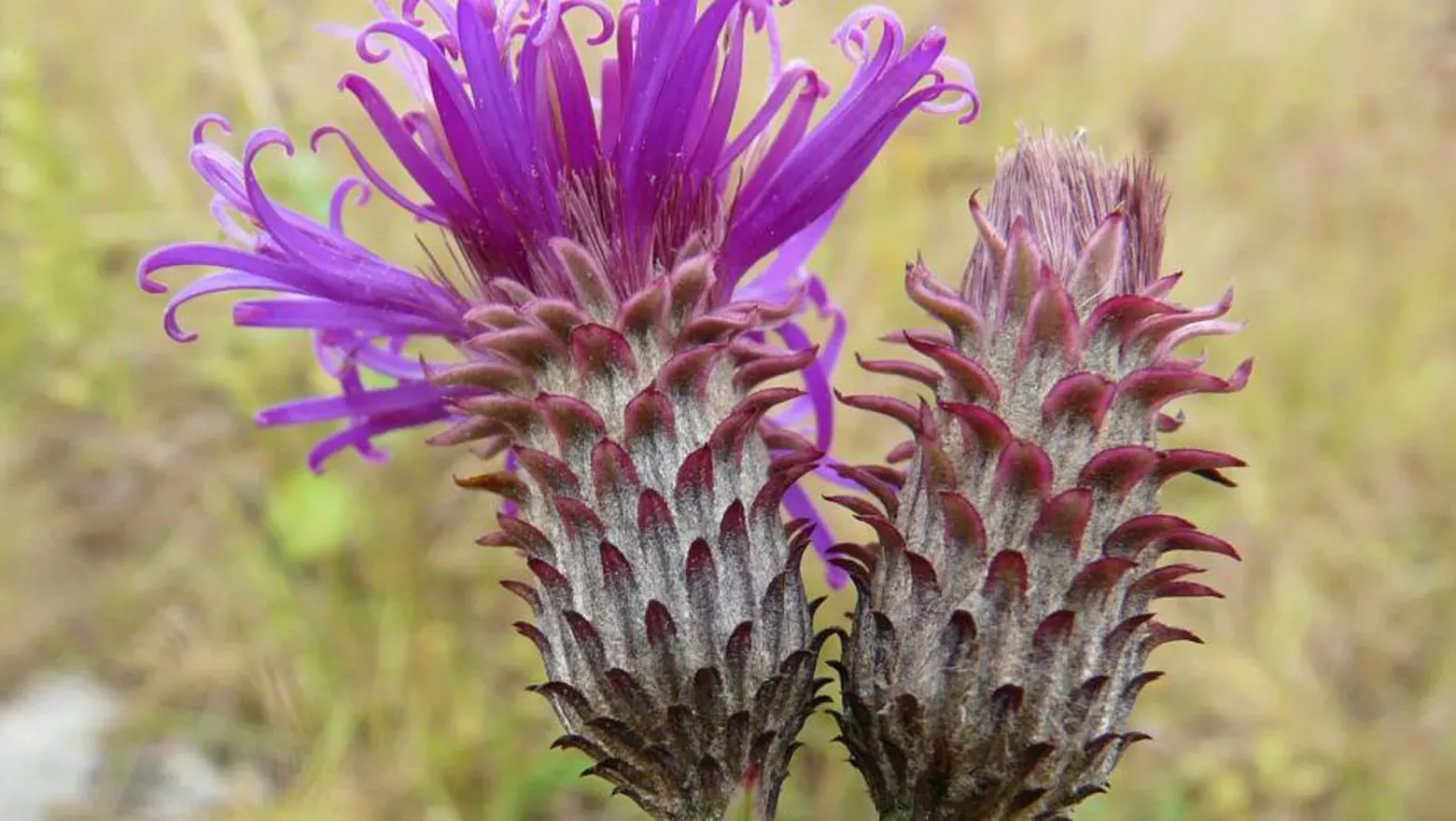
A successful future for Guinea’s biodiversity
This year our team and partners presented the work and key results we’ve achieved to mining companies, national authorities and government officials at a workshop in Guinea.
The head of the Office of National Parks and Reserves, backed by the Minister of the Environment, Water and Forests declared that they will integrate the 22 TIPAs into the National Protected Area network, representing a breakthrough for the future of Guinea’s biodiversity.
With this, we hope to see increased protection and better management of Guinea’s flora which could yield new medicines, materials and foods. But, of course, our work here is not over.
We will be working to make sure the government see through their plan as well continuing to as searching for lost rare species and identify new TIPAs.
We will continue to teach the next generation of botanists and are working with the National Herbarium of Guinea to support three PhD students to work on socioeconomic and underutilised plant and fungal species, to see how they could address food security and alternative incomes in communities near Tropical Important Plant Areas, thereby helping to conserve these threatened habitats.
References
Couch, C., Magassouba, S., Doumbouya, S., Cheek, M., Haba, P., Molmou, D., Williams, J. & Diallo, M.Y. (2019). Threatened Habitats and Tropical Important Plant Areas of Guinea, West Africa. ISBN: 9781527240650.
Acknowledgments
Thanks to funding from the Darwin Initiative and the Ellis Goodman Family Foundation.
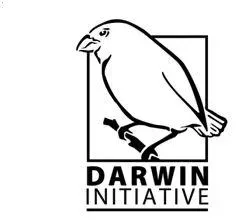
Our partners and collaborators:
- Guinee-Ecologie, Conakry, Guinea
- Herbier National De Guinée (UGAN-HNG), Université Gamel Abdel Nasser, Conakry, Guinea
- Centre d’Observation de Surveillance et D’Informations Environnementales (COSIE), Ministère de l’Environnement des Eaux et Forêts (MEEF), Guinea
- Plantlife International


